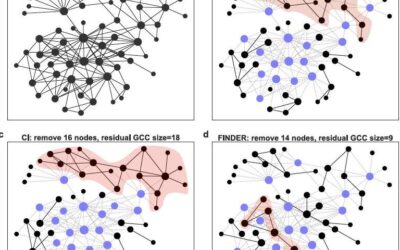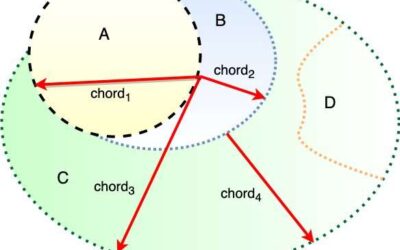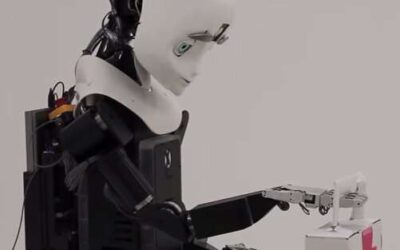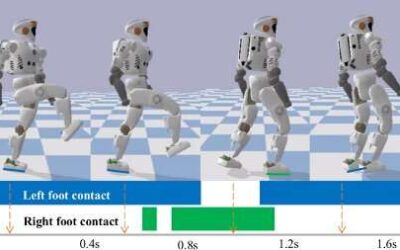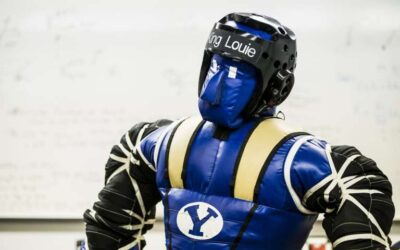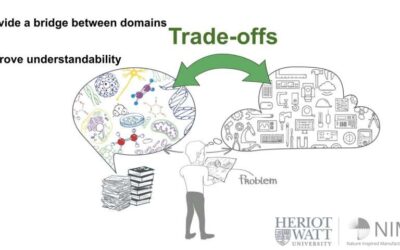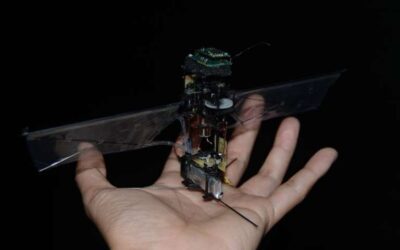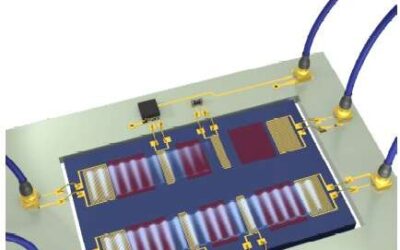Network science is an academic field that aims to unveil the structure and dynamics behind networks, such as telecommunication, computer, biological and social networks. One of the fundamental problems that network scientists have been trying to solve in recent years...
TECHXPLORE
A method to protect audio classifiers against adversarial attacks
In recent years, machine learning algorithms have attained remarkable results in a variety of tasks, including the classification of both images and audio files. A class of algorithms that has proven to be particularly promising are deep neural networks (DNNs) that...
A statistical model of cognitive status for natural language generation
In order for robots to be used in a wide variety of settings, they need to be able to communicate seamlessly with humans. In recent years, researchers have thus been developing increasingly advanced computational models that could allow robots to process human...
Silicon nanowire transistors with both learning and memory functions
Neuromorphic computing entails building architectures inspired by elements of the human brain, such as neural organization and synapses. These architectures have proved to be highly promising and advantageous for a number of applications, as they can have both memory...
Teaching humanoid robots different locomotion behaviors using human demonstrations
In recent years, many research teams worldwide have been developing and evaluating techniques to enable different locomotion styles in legged robots. One way of training robots to walk like humans or animals is by having them analyze and emulate real-world...
A reconfigurable ferroelectric field-effect transistor for frequency multiplication
Frequency multipliers, circuits that can produce signals with multiple frequencies, are essential components for a number of technological tools, particularly wireless communications systems. Most existing multipliers, however, are built using filtering and...
A new approach to control the stiffness and position of inflatable robots
Robots that are made of flexible materials that can be inflated have a number of desirable properties, including their light weight and high levels of compliance (i.e. the ability to undergo elastic deformation). These qualities make them ideal for completing tasks in...
A new system to extract key information from scientific texts
Scientific texts, such as research articles or reviews, can sometimes be difficult to analyze and understand, particularly for non-expert readers. In recent years, engineers have thus tried to develop approaches that can automatically extract the most important...
KUBeetle-S: An insect-inspired robot that can fly for up to 9 minutes
Researchers at Konkuk University in South Korea recently created KUBeetle-S, a flying robot inspired by a species of horned beetle called Allomyrina dichotomy, which is among the largest insects on the planet. Allomyrina dichotomy weighs approximately 5 to 10 g and...
A system for the nonreciprocal transmission of microwave acoustic waves
Acoustic waves have been found to be highly versatile and promising carriers of information between chip-based electronic devices. This characteristic is ideal for the development of a number of electronic components, including microwave filters and transducers.

